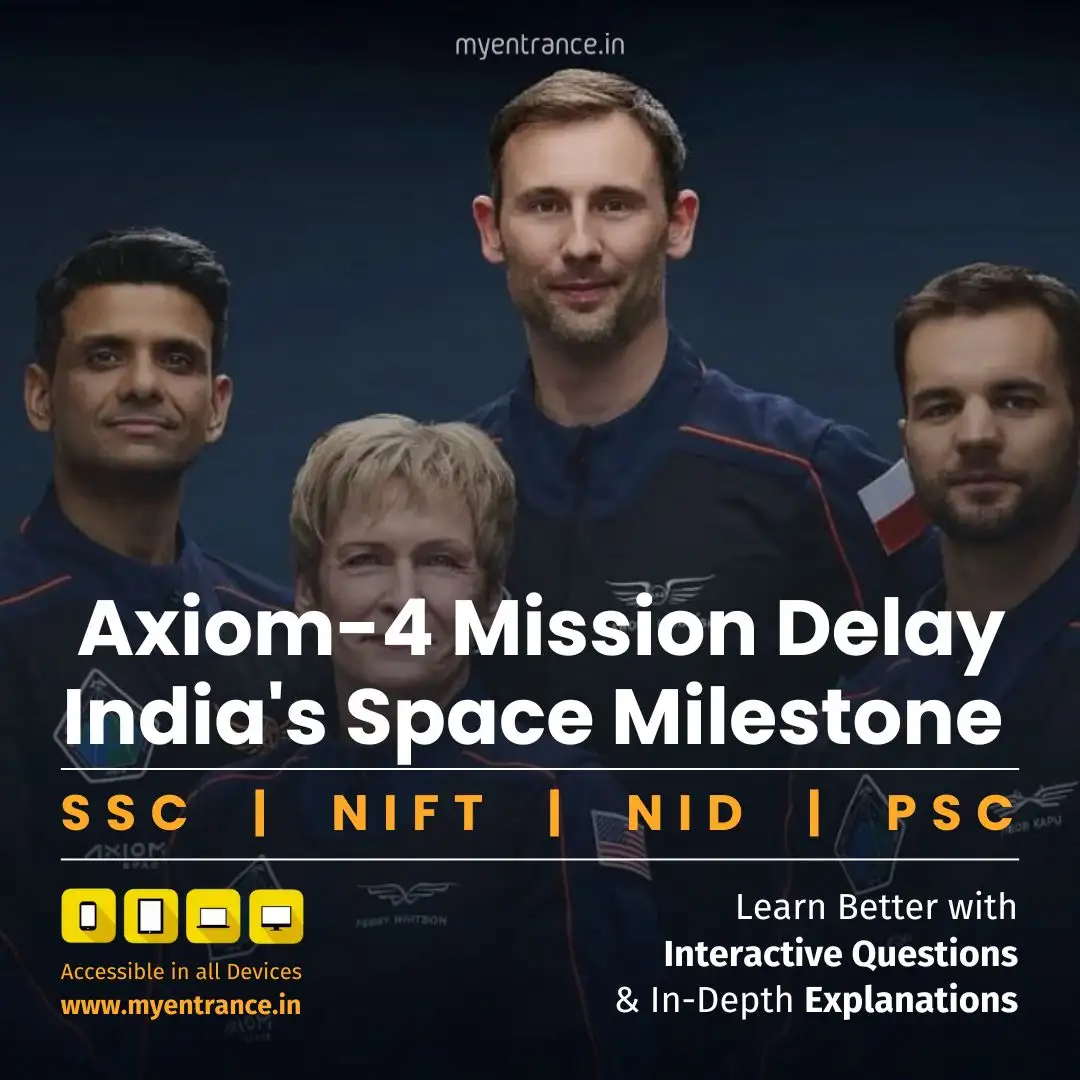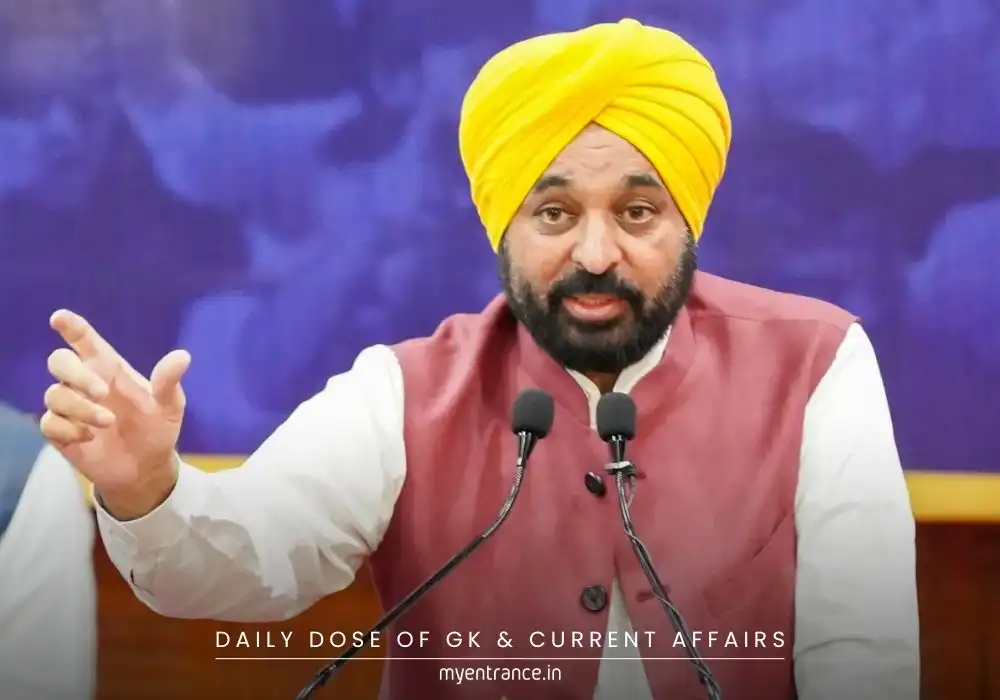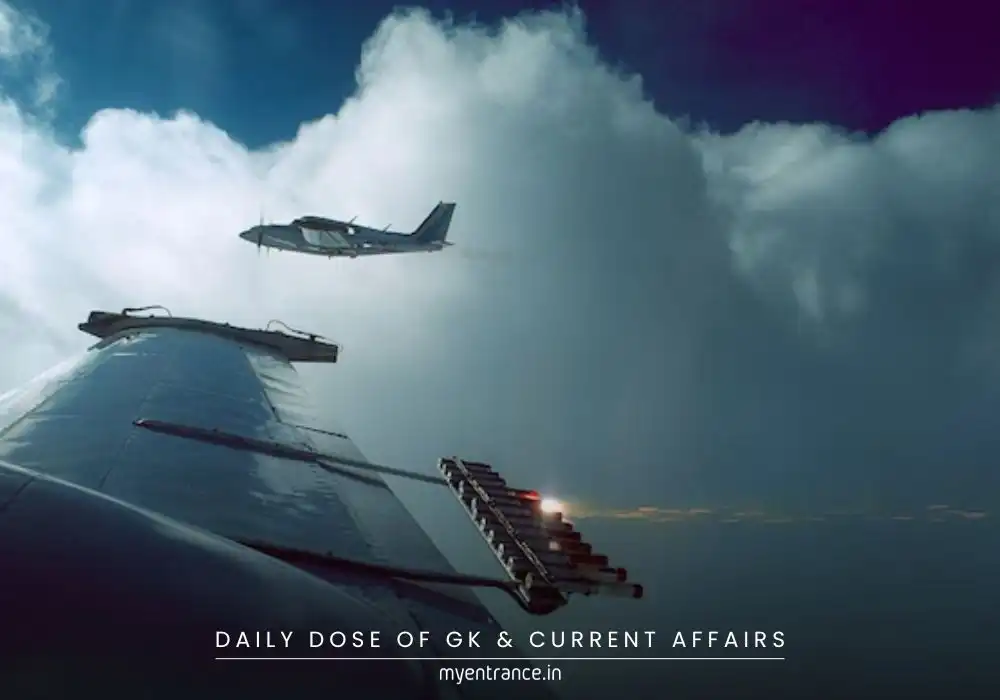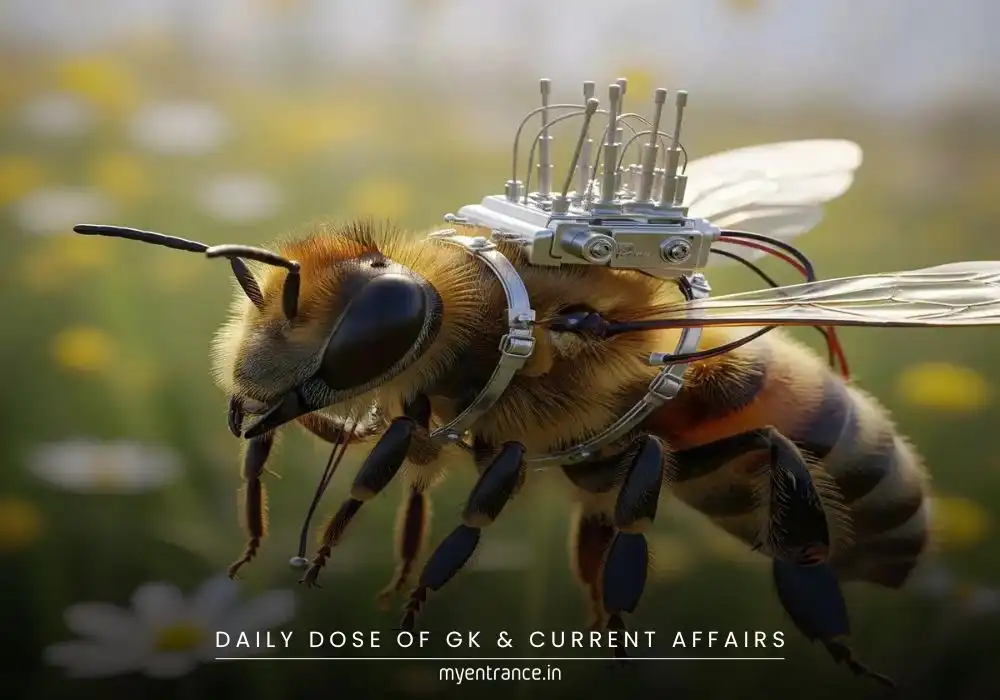Select Language
Axiom-4 Mission Delay: ISS Docking Tech, India’s Space Milestone & UPSC Science Insights
Technical glitches postponed the Axiom-4 ISS mission, delaying Indian astronaut Shubhanshu Shukla’s landmark journey. This incident reveals critical spaceflight challenges in celestial alignment and docking systems.
Mission Criticals: Why Timing is Everything
The Kennedy Space Centre delay underscores a core spaceflight principle: launch windows are non-negotiable. The ISS orbits Earth at 28,000 km/h – requiring perfect orbital alignment for SpaceX’s Crew Dragon capsule to rendezvous efficiently. Miss the window, and fuel constraints force weeks of rescheduling.
Crew Dragon’s Autonomous Docking Tech
Sensor Fusion: Lidar, GPS, and optical cameras create 3D spatial maps for precision approach
Keep-Out Sphere: Final 200-meter autonomous docking within this safety zone
Manual Override: Astronauts can take control (e.g., Peggy Whitson’s 3rd ISS mission)
*Fun Fact: Docking occurs at relative speeds of 0.1 m/s despite both orbiting at 7.8 km/s!*
India’s Strategic Stake
Shubhanshu Shukla to become 2nd Indian in space after Rakesh Sharma (1984)
Gaganyaan Synergy: Tech insights boost India’s 2025 crewed mission
IP Rights Angle: SpaceX’s reusable Falcon 9 tech (13 Merlin engines) protected by 120+ patents
Global Cooperation Framework
ISS Ownership: 5 space agencies (NASA, Roscosmos, JAXA, ESA, CSA)
Axiom Space’s Role: First commercial ISS module developer (future space tourism)
Exam-Focused Q&As
Q: Why are launch windows critical for ISS missions?
A: To align spacecraft trajectory with ISS orbit, minimizing fuel use via Earth’s gravity assist.
Q: How does Crew Dragon dock autonomously?
A: Uses Lidar mapping + AI algorithms to adjust thrusters within 200m “keep-out sphere”.
Q: What’s the significance of Shubhanshu Shukla’s mission?
A: Advances India’s human spaceflight capabilities pre-Gaganyaan and strengthens ISRO-NASA ties.
Q: Contrast expendable vs reusable rockets using Falcon 9.
A: Falcon 9’s 1st stage lands vertically for reuse – reducing costs by 30% vs expendable rockets.
Q: How does ISS collaboration impact IP rights?
A: Partners retain IP developed on their ISS modules (e.g., SpaceX’s docking tech remains proprietary).
Most Predicted Questions
Comprehensive study materials, Expert-guided tips & tricks, Mock tests and instant results.
Start your SSC, NIFT, NID, FDDI, PSC journey today with MyEntrance, your ultimate online coaching platform.








